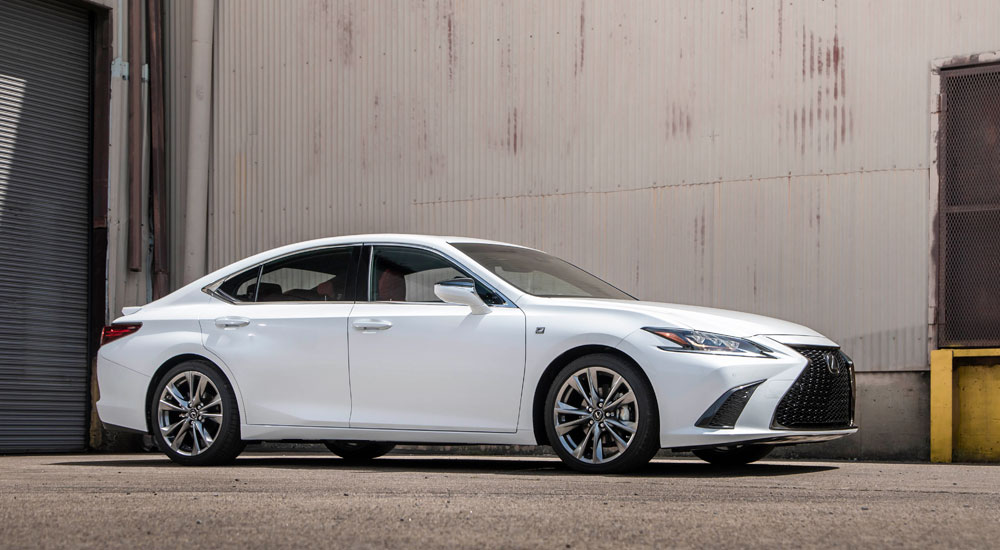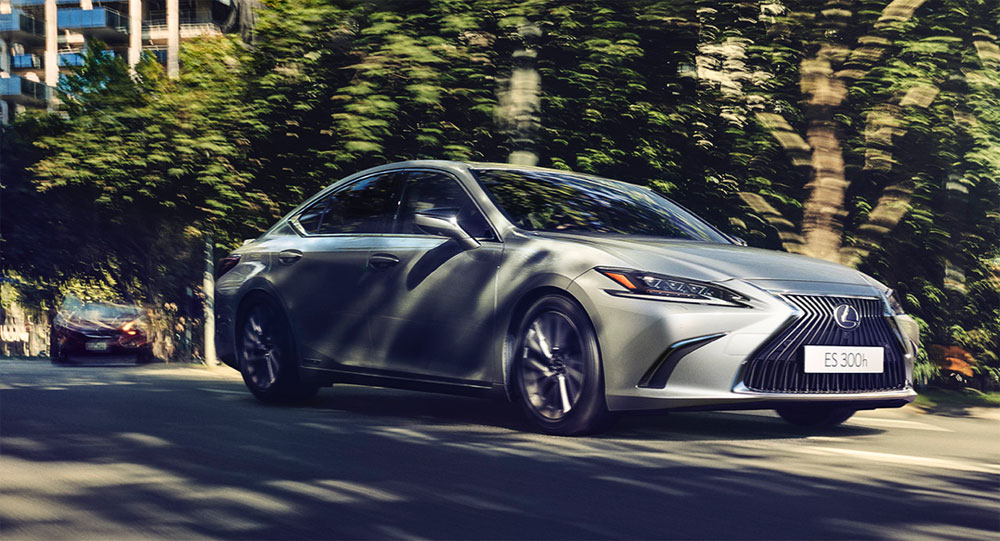The hump, of course, is not purely aesthetics. The GA-K platform does support AWD. But Toyota is pretty much catching up in this department. Many FWD cars had humps for the exhaust pipes since the early 2000s. The Acura TSX had a hump and was never offered AWD.
Of course - it would be awesome. As car enthusiasts, we would love to see it. As a car enthusiasts, I would love to see an ES AWD with a Turbo engine. As a Toyota shareholder, an AWD Turbo ES would be bad business. An AWD will not generate enough return to create enough profits. It'll be a waste of development cash. A Turbo ES will damage the core image of the ES - will deter sales from mass consumers in favor of enthusiasts, which isn't the driving force of profits.
1) First point is false. The hump is much more pronounced than a regular exhaust hump. The height is what you'd expect from a RWD or AWD car. If they didn't prepare it for the axle then they are just wasting valuable leg room in the rear.
2) Nobody is saying they are making an AWD Turbo ES, just an AWD ES in general. 8% take rate is just a statistic without context. In what segment? In which area? On what type of vehicle? Which category of consumers buy AWD? Is there a year-to-year trend that suggests it is staying that way? I would like to hear about the details. There are areas in North America where AWD is a must. What you are saying is they should stop selling the ES sedan in these areas because there aren't any ES buyers or potential ES buyers there, which makes between 1% and 50% sense. Going by that logic, the IS and LS shouldn't be offered AWD either because they are selling at a much lower volume than the ES, and thus the absolute number of AWD sales is even lower, and as a result spending resources on AWD models is an even bigger waste.
I'm not fully denying your point here. Sometimes it's okay to abandon a certain demographics to achieve better overall results, sometimes it's not. But the thing is, we can't really tell on this issue without the data analysis capability of the accounting department of a mega corporation.
Oh also on the matter of turbo, they will replace the 3.5 V6 with a turbo at some point if only to reduce fuel consumption. It has nothing to do with the core image of the car, or trying to favor the enthusiasts for that matter (seriously, what kind of enthusiast would choose a turbo 4 vs. a naturally aspirated V6?). In fact replacing V6s with turbo 4s is all it took Toyota and Lexus to drastically increase sales in regions that favor turbo engines like China. Not having a turbo 4 on the ES is restricting how high they can reach in China; they are confined to the lower end of the premium segment with the 2.5 and 2.5 hybrid.
By the way they have already made the R&D investment in multiple AWD systems and integration of AWD with GA-K. I would call engineering a LC-F or LS-F a bigger waste of development cash because these two programs are almost guaranteed to lose money. If we take the argument even further, to optimize their business results, all the company really need to invest in are crossovers. The fact that even the most optimized automaker in the world does not run an seemingly optimized strategy means those earning six-figures are analyzing things with much more depth than we could.
To bring an end to this AWD discussion (seriously, it has been brought up way too many times in this forum that it needs to end), I would say let's just wait and see. The ES lineup is surely not complete at this point but honestly I don't care. The ES300h is really the sweet spot.
Last edited:


